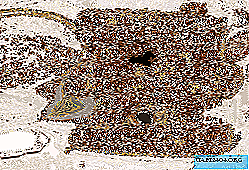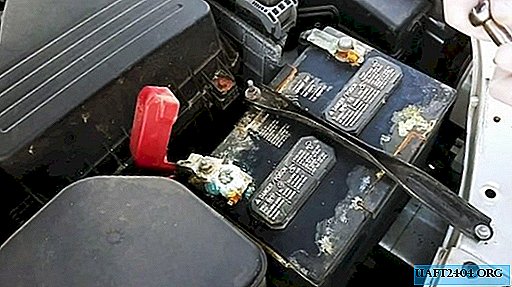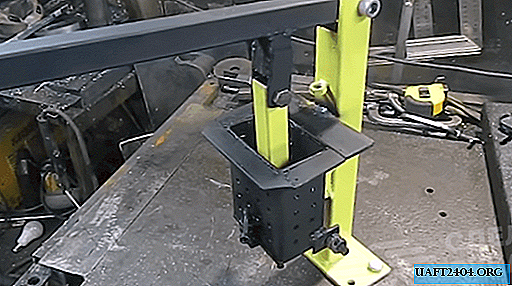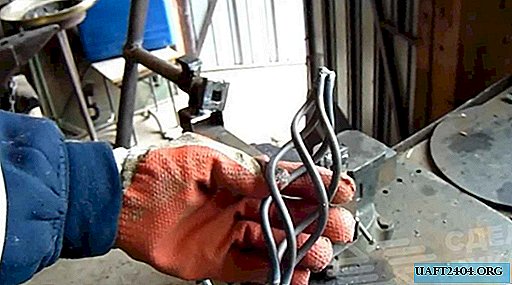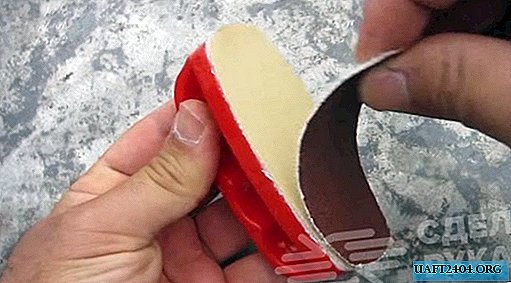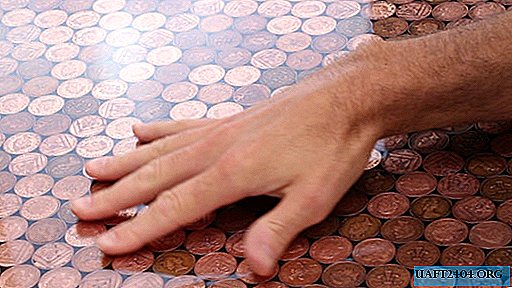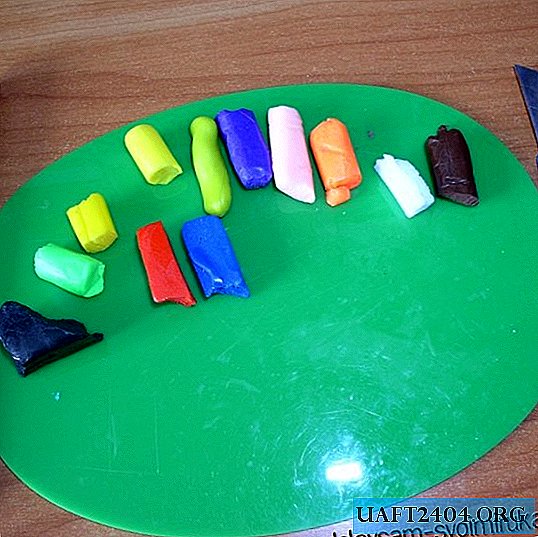Share
Pin
Tweet
Send
Share
Send
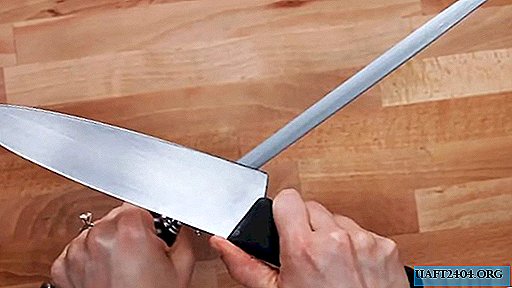
A dull knife not only significantly complicates the cooking process, but also increases the risk of injury. It has to be pressed with great effort, vegetables slip out of wet hands, the blade falls onto soft tissues. In the implementation there are several special devices and tools for quick sharpening. But a positive result will be only if the rules for working with them are followed.

What is needed
We will sharpen the knife in three ways: using a steel sharpener, a plastic sharpener and a special double-sided abrasive stone. Additionally, it is required to prepare a water tank for the size of the stone and clean rags.
Sharpening the blade with a steel sharpener

This tool is very effective, professional chefs use it. The sharpener has special metal plates near the handle that protect your hands from cuts during operation. There are several ways to sharpen.
The first. Hold the tool in your left hand, the direction is slightly up and away from you. With moderate force, press the cutting edge of the blade against the sharpener and smoothly move it. It is necessary to ensure that the entire length of the blade is processed in one pass.

Second. Put the sharpener on the table vertically, to protect the surface from damage, put a cloth under the end face. With your left hand, hold the tool in an upright position, and with your right hand sharpen the knife. Make sure that the angle between them is approximately 20 degrees, this is exactly what the plane of the factory sharpening has. Checking it out is easy. First, place the knife on the sharpener at a right angle. Then tilt it to 45 degrees and reduce the angle by half, you get 22.5 degrees. Great accuracy is not necessary, hand sharpening allows approximate angles.


After the main sharpening, correct the tip according to the first method. Experienced cooks hold the knife motionless, and move the grinder, this speeds up the process and makes sharpening better.
Sharpening with a plastic sharpener

The device consists of plates of high alloy tool steel located in a plastic case. It is better to work with a sharpener, which has two sets of plates at different angles. The fact is that the knife blade is also sharpened at two angles. The cutting edge is approximately at an angle of 20 degrees, and the adjacent strip at an angle of 40 degrees. Due to this configuration, the time of use of the knife increases and the process of its periodic sharpening is facilitated.

First sharpen the strip near the cutting edge. The movements of the knife should be smooth, the pressing force is medium. Make sure that the blade is perpendicular to the sharpener.

The next step is sharpening the cutting edge. The algorithm of actions is the same as in the first stage. If the process proceeds correctly, then a characteristic sound is heard, the pulling force of the knife increases, there are small metal chips on the table.
Abrasive stone grinding

The traditional method has been proven effective by time. It is necessary to work with a stone having surfaces with various sizes of abrasive. On large ones the main sharpening is done, on small ones the surface is brought up, large burrs are removed, the surface is leveled.
Put a piece of cloth and a container of clean water on the table. Dip a wet stone in it.

Take out the stone and lay it on a rag, the large abrasive is facing up.

For an approximate definition of the angle of sharpening, prepare an elementary template. Fold the right angle of the sheet diagonally - you get a triangle with a bisector of 45 degrees, then bend again, the angle decreases to 22.5 degrees.



Put the paper on the stone and set the knife along its edge. During sharpening, the template is removed, the angle must be kept by eye.

First sharpen the blade on a large stone, hold it in one position with both hands, press firmly and move along the stone in such a way that the blade is sharpened along the entire length in one motion. After each pass, change the side of the sharpening; as it dries, wet the surface of the stone.

Turn the stone with a fine abrasive and adjust the cutting edge. During turning, you should catch the moment when the burrs are removed and the blade becomes smooth and even.
The result of sharpening can be checked on vegetables.

Everything is normal - rinse the knife in running water and you can use it.

Conclusion
All three methods give a good result, but under one condition - you need to have a trained muscle memory. By changing the sound and resistance to movement, you can determine the degree of sharpening of the knife. If you do not learn to sharpen manually, then you need to buy mechanical devices.

Share
Pin
Tweet
Send
Share
Send


